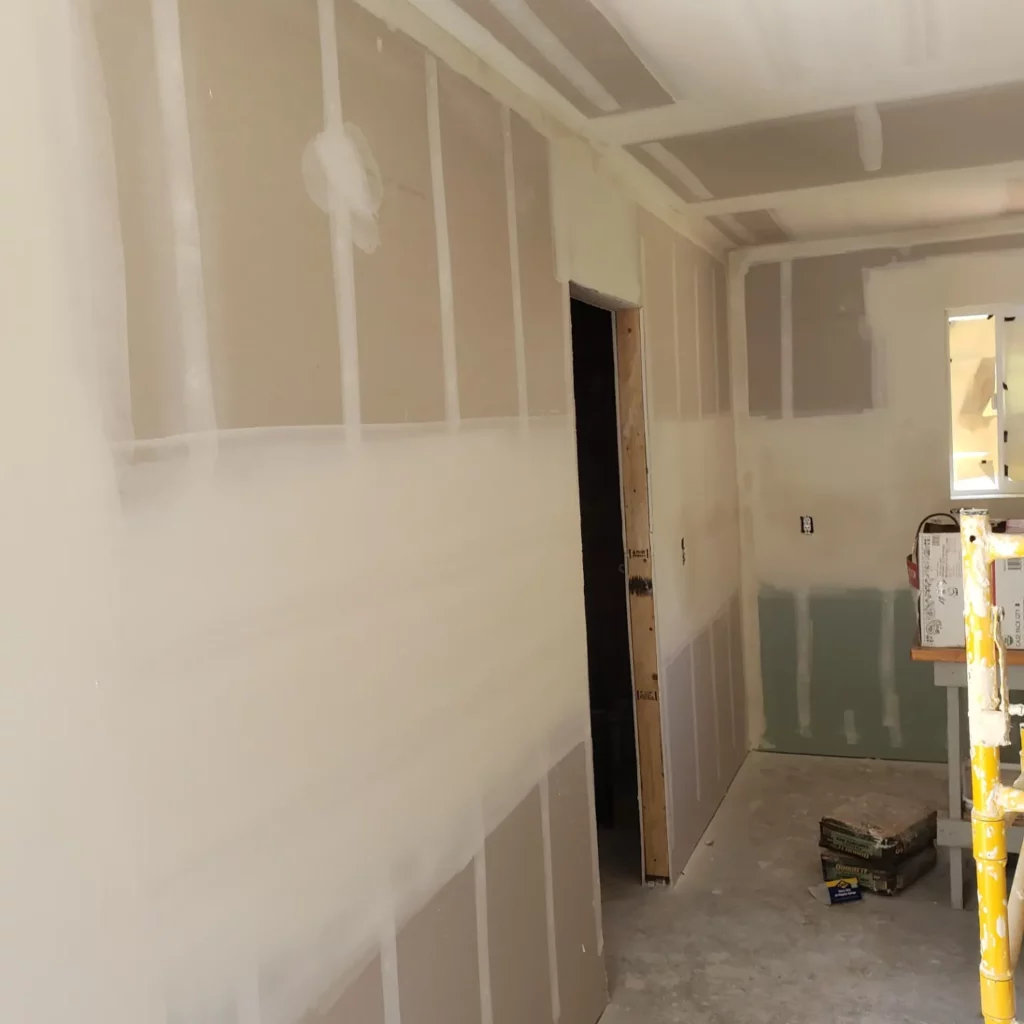The Ultimate Guide to Choosing the Right Drywall Compound
When it comes to completing any drywall project, choosing the right drywall compound is essential for a successful outcome. With so many different types of compounds available, it can be difficult to decide which one will provide you with the best results. This ultimate guide will provide all the information you need on selecting and using the perfect drywall compound for your project. We’ll cover topics such as what to look for when purchasing a compound, how to properly apply and finish it, and more. By following this guide carefully, you’ll be able to successfully complete your next drywall project with ease!

The first step in selecting a drywall compound is to determine what type of project you’re completing. Different projects require different compounds, so it’s important to know which one will work best for your needs. For example, if you’re patching holes or seams in drywall, then you should consider using a lightweight all-purpose joint compound. This type of compound is easy to apply and can be sanded down after drying for a smooth finish. Alternatively, if you’re mudding larger areas in need of extra strength and thickness, then an orange peel texture may be more suitable for the job.
When shopping for drywall compounds, there are also certain features and characteristics that you should look out for. For instance, some compounds are premixed while others need to be mixed prior to use. Additionally, it’s important to pay attention to drying times as you don’t want to wait too long before applying a second coat. Finally, make sure that the compound you choose is formulated specifically for your project as there are different types of compounds available for different kinds of projects.
After selecting the right drywall compound for your project, it’s time to start applying it. To ensure a smooth application and finish, make sure to use the appropriate tools for the job. For smaller projects like patching holes or seams, you can use a putty knife or trowel. For larger surfaces such as walls and ceilings, consider using a hawk and trowel combination. Additionally, don’t forget to wear safety goggles when working with any type of drywall compound as they can be quite messy!
Once you’ve applied your compound according to manufacturer instructions and allowed enough drying time between coats, you can sand down any rough spots and apply paint if desired. Sandpaper is usually sufficient for this, but you can also use a sanding sponge for more precision. Additionally, if you’re working with multiple colors or textures of drywall compound, consider using a sealer to prevent any bleeding between colors and add extra protection against staining.

By following this ultimate guide to choosing the right drywall compound, you’ll be able to successfully complete your next project with ease. Make sure to select a compound that is suitable for your particular project and don’t forget to keep safety in mind when working with any type of drywall compound. With these tips, you can confidently tackle any drywall job!
J&R Drywall
https://goo.gl/maps/v6oxbWvEKmoYMHw16
9258 Marilla Dr, Lakeside, CA 92040, United States
+1 619 721 1533
https://www.jandrdrywall.com/

